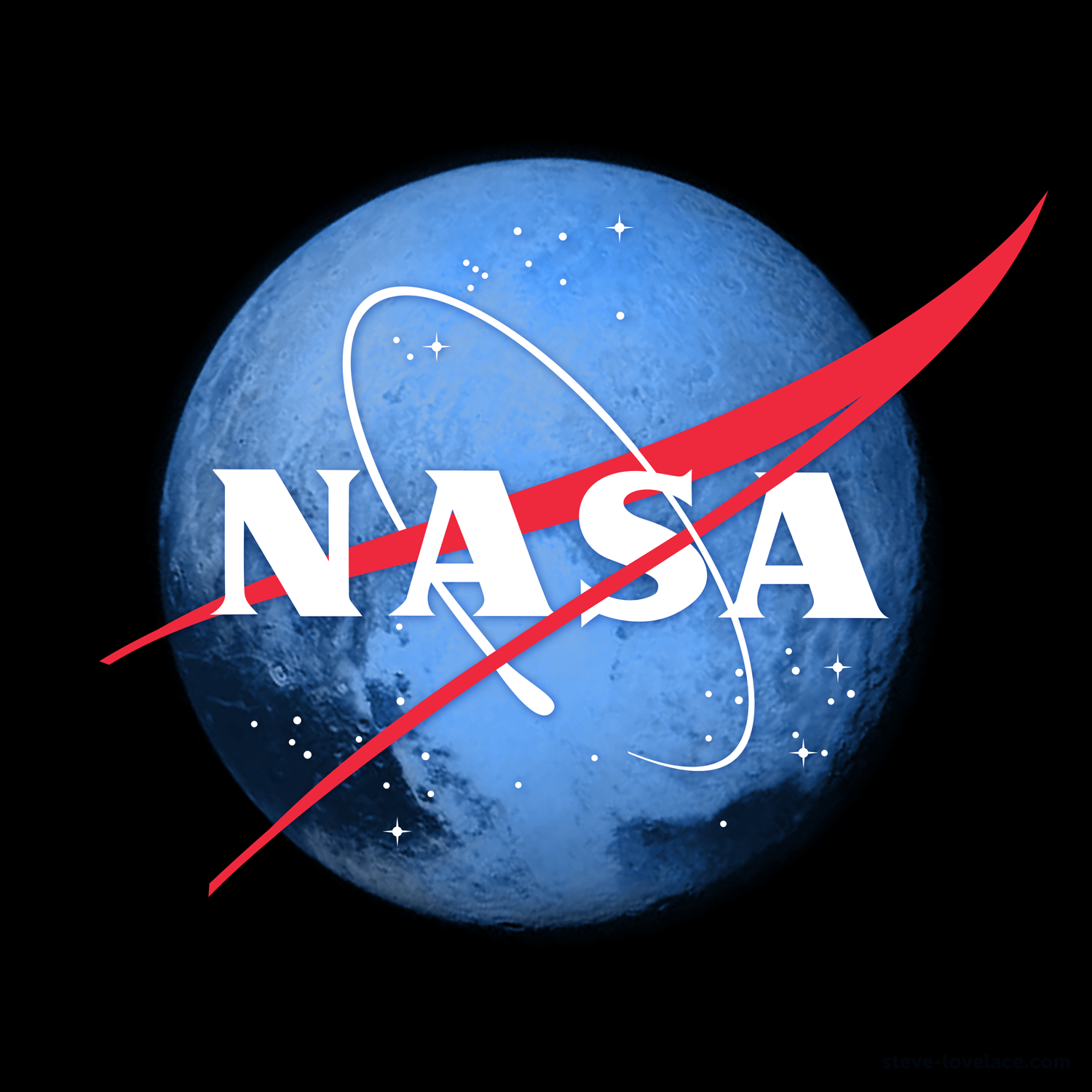

- #NASA PICTURE OF THE DAY FOR TABLETS HOW TO#
- #NASA PICTURE OF THE DAY FOR TABLETS MOVIE#
- #NASA PICTURE OF THE DAY FOR TABLETS SERIES#
#NASA PICTURE OF THE DAY FOR TABLETS HOW TO#


Wireless internet will assist with crew communication, entertainment and docking with the International Space Station.

The pusher abort system provides safe crew escape throughout the launch and ascent phase of the mission.The Starliner’s economic impact can be seen across the United States, with more than 425 suppliers in 37 states.The Starliner is a reusable spacecraft that combines a proven capsule architecture, materials and subsystem technologies with 21st century innovations.This movement also produces a slight red and blue offset on the left side of the unaltered images. Because the Moon moved in relation to Earth between the time the first (red) and last (green) exposures were made, a thin green offset (about 7–8 pixels) appears on the right side when the three exposures are combined. But combining three images that are taken about 30 seconds apart produces a slight but noticeable camera artifact on the edges of the Moon. The red, green, and blue channel images are used in these color images.
#NASA PICTURE OF THE DAY FOR TABLETS SERIES#
EPIC takes a series of 10 images using different spectral filters-from ultraviolet to near infrared-to produce a variety of science products. (For instance, NASA’s Deep Impact spacecraft captured a similar view of Earth and the Moon from a distance of 31 million miles in 2008.) The same side of the Moon always faces an earthbound observer because the Moon’s orbital period is the same as its rotation around its axis.ĮPIC’s natural-color images of Earth are generated by combining three separate monochrome exposures taken by the camera in quick succession. Since then, several missions by NASA and other space agencies have imaged the lunar far side. The far side of the Moon was first observed in 1959, when the Soviet Luna 3 spacecraft returned the first images. The North Pole is toward the upper left, reflecting the orbital tilt of Earth from the vantage point of the spacecraft.
#NASA PICTURE OF THE DAY FOR TABLETS MOVIE#
The images shown above and in the movie below were taken over the course of five hours on July 16, 2015. About twice a year the camera will capture images of the Moon and Earth together as the orbit of DSCOVR crosses the orbital plane of the Moon. EPIC maintains a constant view of the fully illuminated Earth as it rotates, providing daily scientific observations of ozone, vegetation, cloud height, and airborne aerosols. The images were acquired by NASA’s Earth Polychromatic Imaging Camera (EPIC), a four megapixel CCD camera and telescope on the DSCOVR satellite, which orbits about 1.6 million kilometers (1 million miles) from Earth. A series of test images shows the fully illuminated “dark side” of the Moon that is not visible from Earth. A NASA camera aboard the Deep Space Climate Observatory (DSCOVR) has captured a unique view of the Moon as it passed between the spacecraft and Earth.


 0 kommentar(er)
0 kommentar(er)
